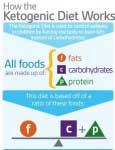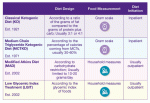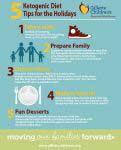One of the most common misconceptions about the ketogenic diet for epilepsy is that it will lead to heart disease, also known as cardiovascular disease. It is true that consuming high amounts of certain types of fats (including cholesterol, saturated fats and trans fats) can lead to high levels of lipids in the blood, which may increase an individual’s risk for developing heart disease. It is also true that high lipid levels are a common side effect of the ketogenic diet. However, when the ketogenic diet is used under proper medical and nutritional supervision, lipid levels can typically be controlled.
When an individual is on a ketogenic diet for epilepsy, their health care team will regularly monitor their blood lipid levels. If high lipid levels are found, adjustments can be made to the diet in order to bring the levels down to a safe level. This is just one of the many reasons why it is so important to only do the ketogenic diet under close medical and nutritional supervision.
A 2008 study from Johns Hopkins Hospital found that about a third of children developed high lipid levels after starting the ketogenic diet[1]. Interestingly, the researchers noted that in many cases, the high lipid levels were only temporary. As the children’s bodies adjusted to the high fat diet, their blood lipid levels often normalized and returned to near pre-diet levels within 6-12 months[2].
As mentioned above, the ketogenic health care team can make certain adjustments to the diet in order to help prevent or manage high lipid levels. For one, the ketogenic dietitian can help caregivers to incorporate more healthy fats into the diet and reduce the intake of unhealthy fats. The Children’s Hospital of Philadelphia (CHOP) published a report in 2009 about six children who developed high lipid levels on the ketogenic diet[3]. The children’s caregivers were encouraged to reduce foods with high levels of saturated fat and cholesterol (such as heavy cream, butter, egg yolks, etc.) and to incorporate more healthy fats into the diet (such as vegetable oils, nuts, etc.). These simple diet adjustments led to improved lipid levels for all six of the children observed.
It’s important to note that high lipid levels may be less of a concern for children on the ketogenic diet who are tube-fed or who otherwise consume a formula-only ketogenic diet. The previously mentioned 2008 Johns Hopkins study found that children on formula-only ketogenic diet were much less likely to develop high lipid levels in comparison to children who consumed a solid food ketogenic diet. This may be because ketogenic diet formulas have relatively low levels of saturated fat (20%) in comparison to the amount of saturated fat in a typical solid-food ketogenic diet (60%).
In summary, the belief that a ketogenic diet for epilepsy will lead to heart disease is a common misconception. Although high lipid levels can increase an individual’s risk for developing heart disease, lipid levels can usually be managed with close monitoring and guidance from the ketogenic diet health care team. As always, be sure to discuss any questions or concerns with your health care provider.
- Nizamuddin, J., et al., Management and risk factors for dyslipidemia with the ketogenic diet. J Child Neurol, 2008. 23(7): p. 758-61.
- Kossoff, E.H., et al., Ketogenic Diets: Treatments for Epilepsies and Other Disorders. Fifth ed. 2011, New York, NY: Demos Medical Publishing.
- Fenton, C., C.M. Chee, and A.G.C. Bergqvist, Manipulation of Types of Fats and Cholesterol Intake Can Successfully Improve the Lipid Profile While Maintaining the Efficacy of the Ketogenic Diet. ICAN: Infant, Child, & Adolescent Nutrition, 2009. 1(6): p. 338-341.

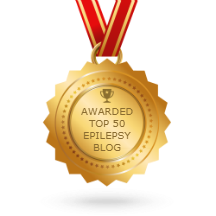
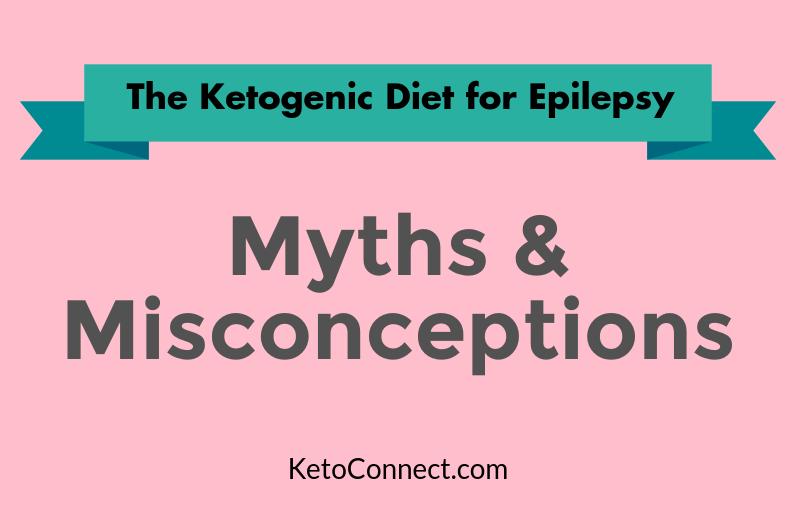
 Follow
Follow